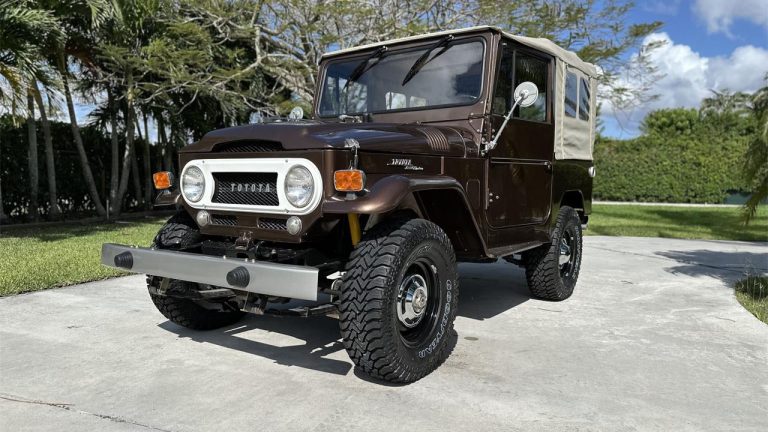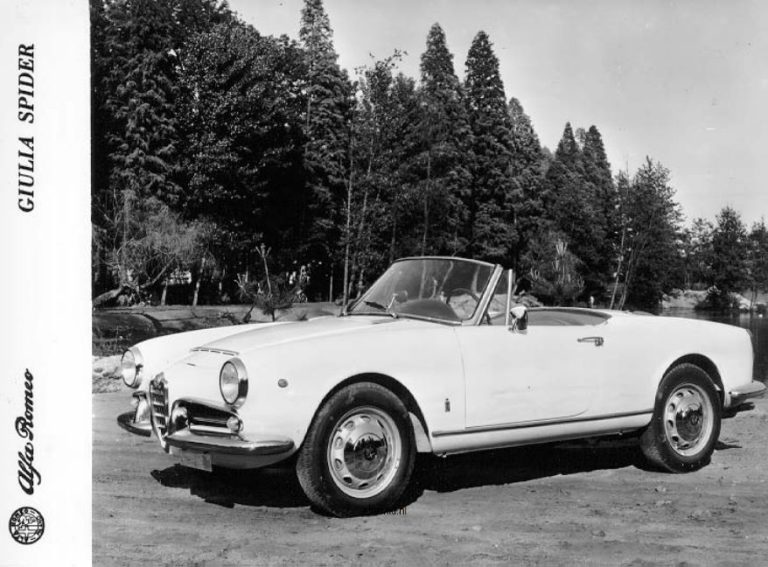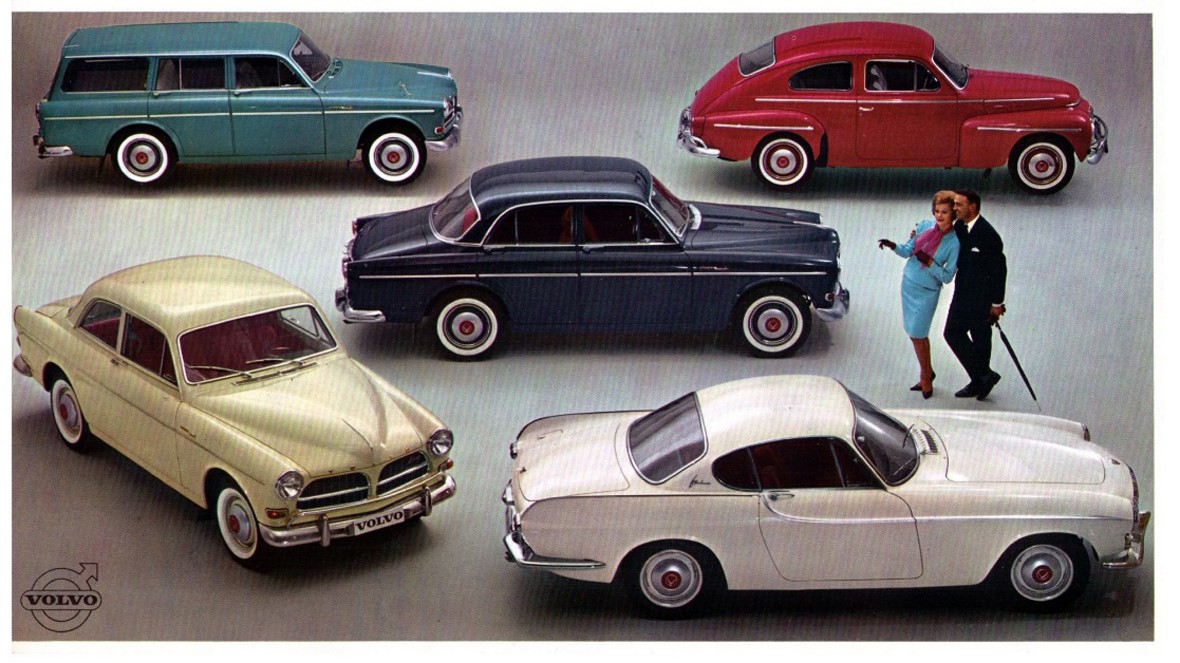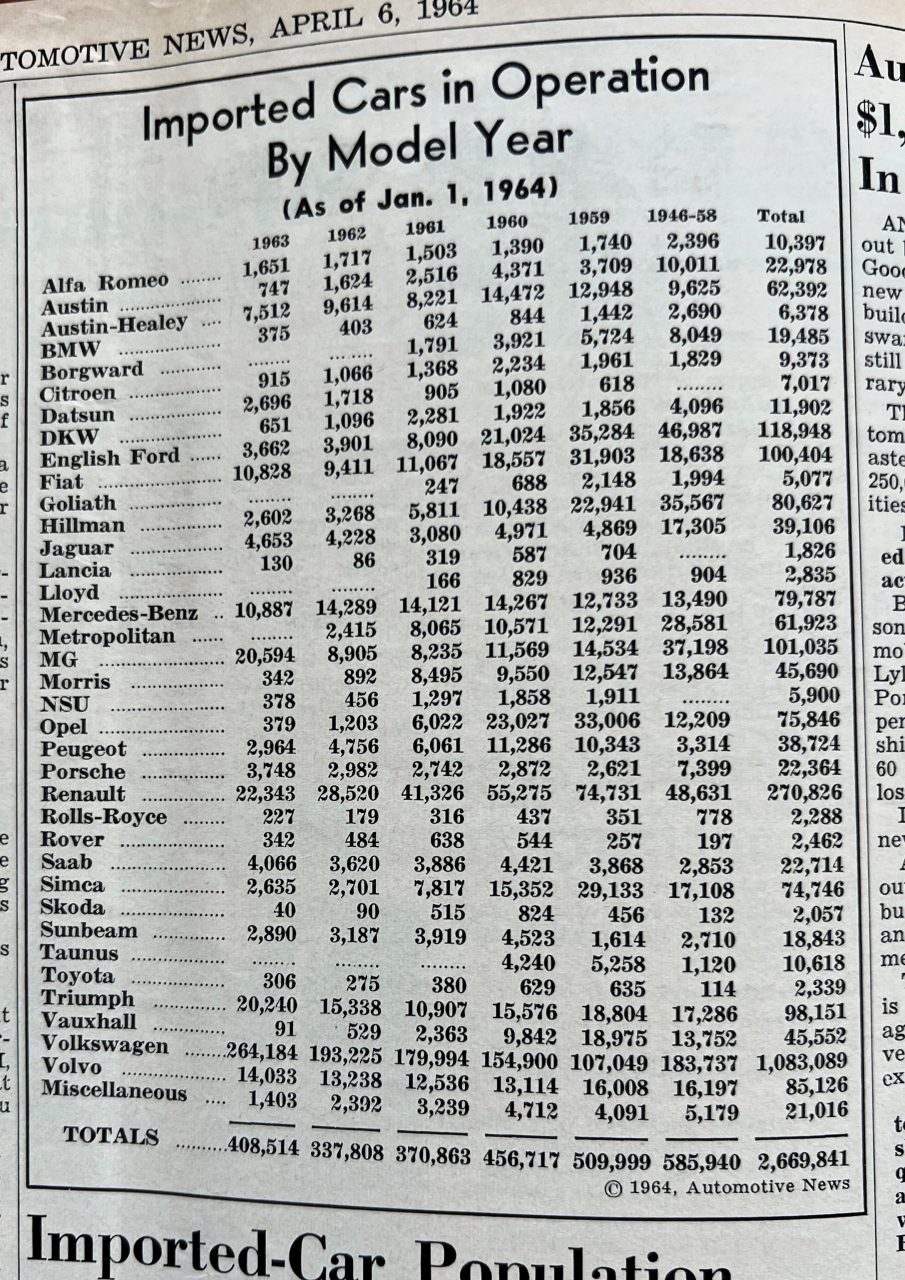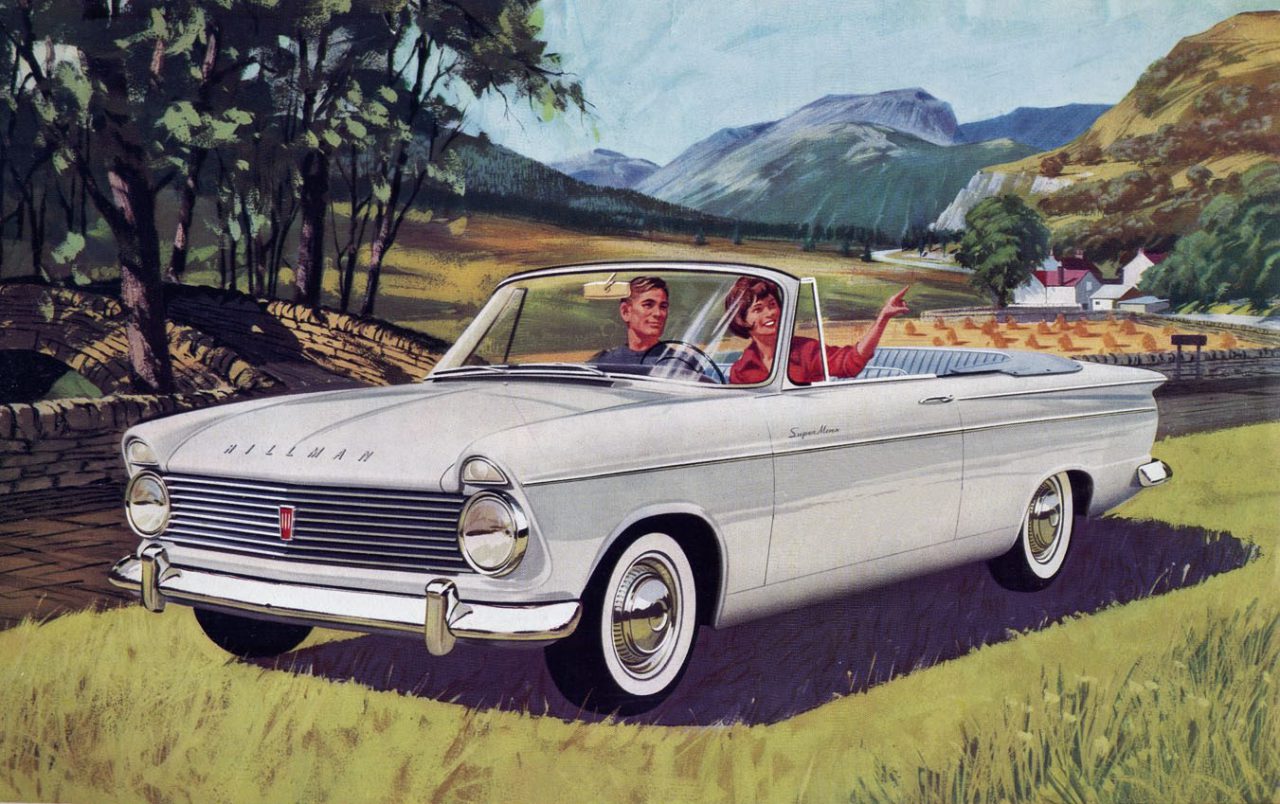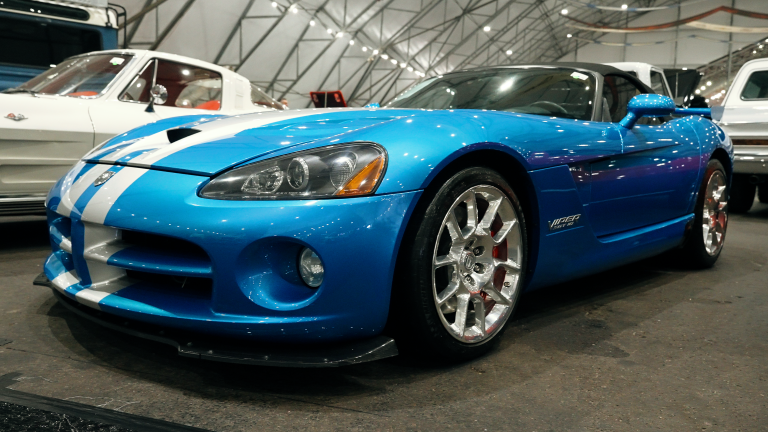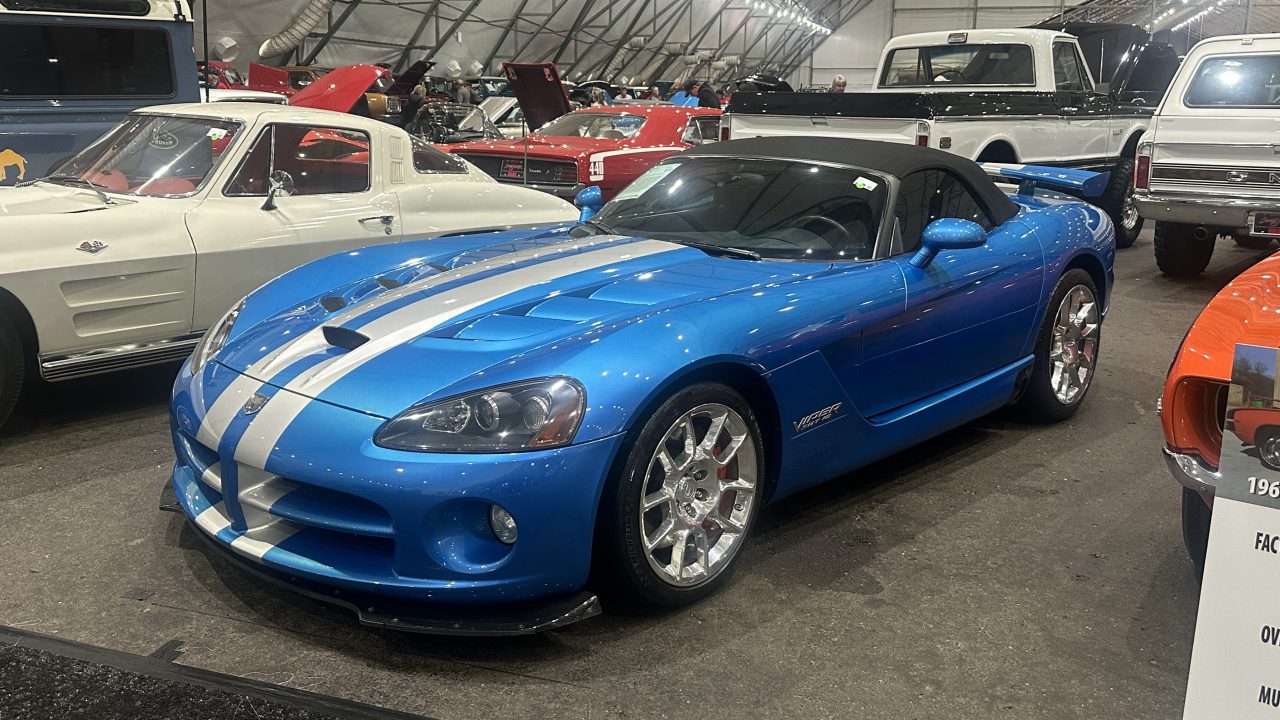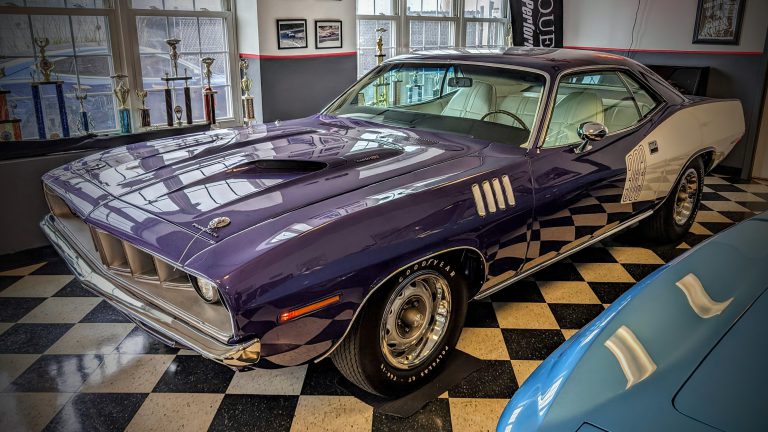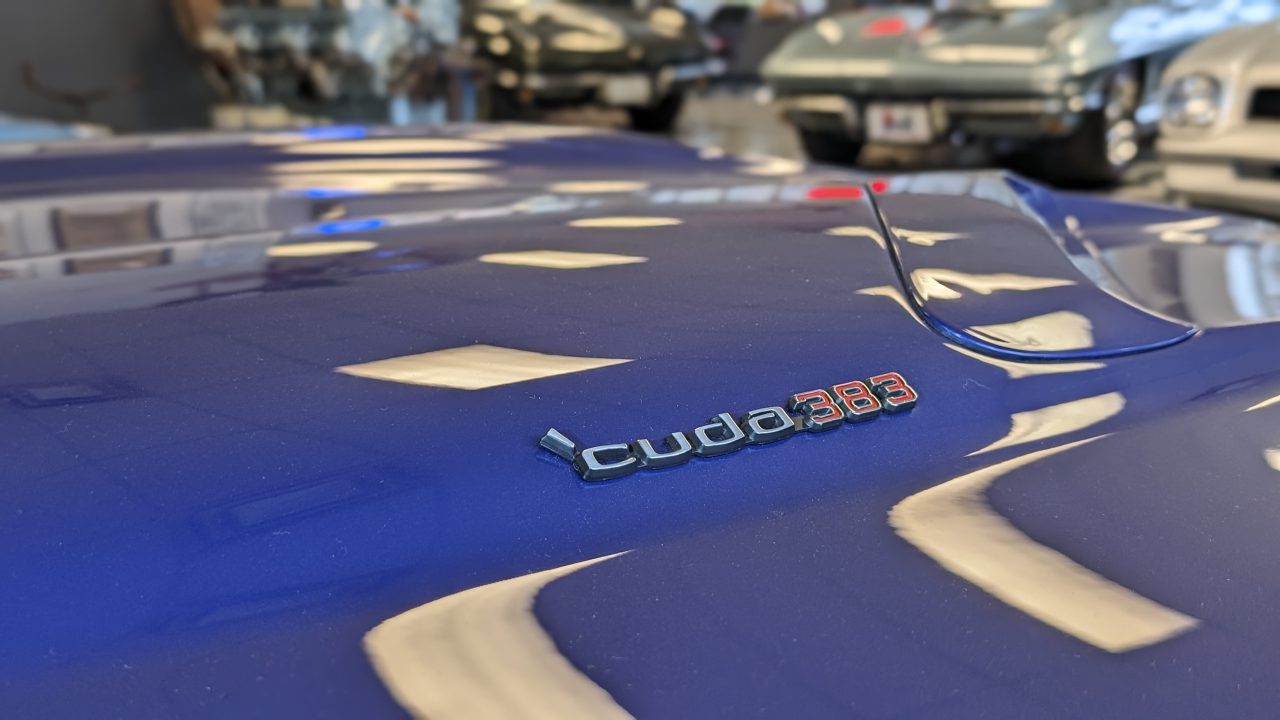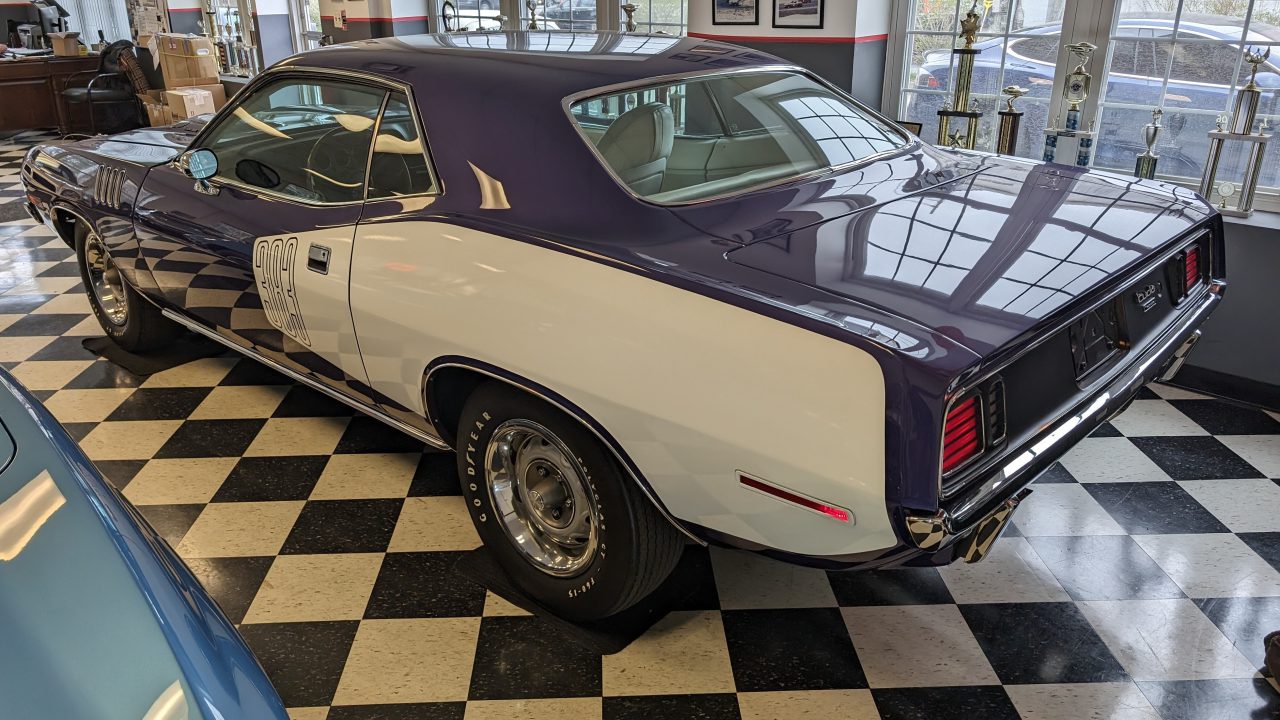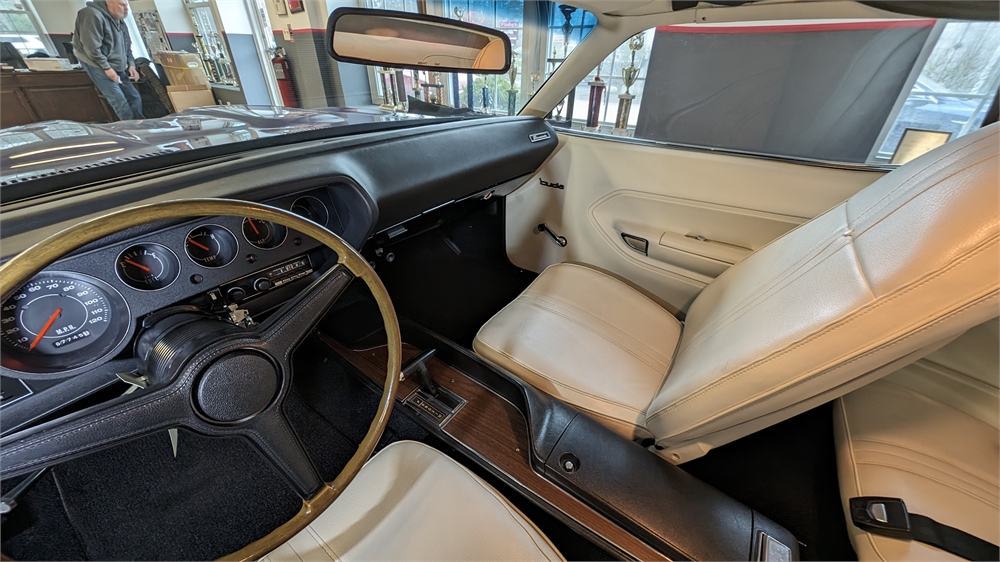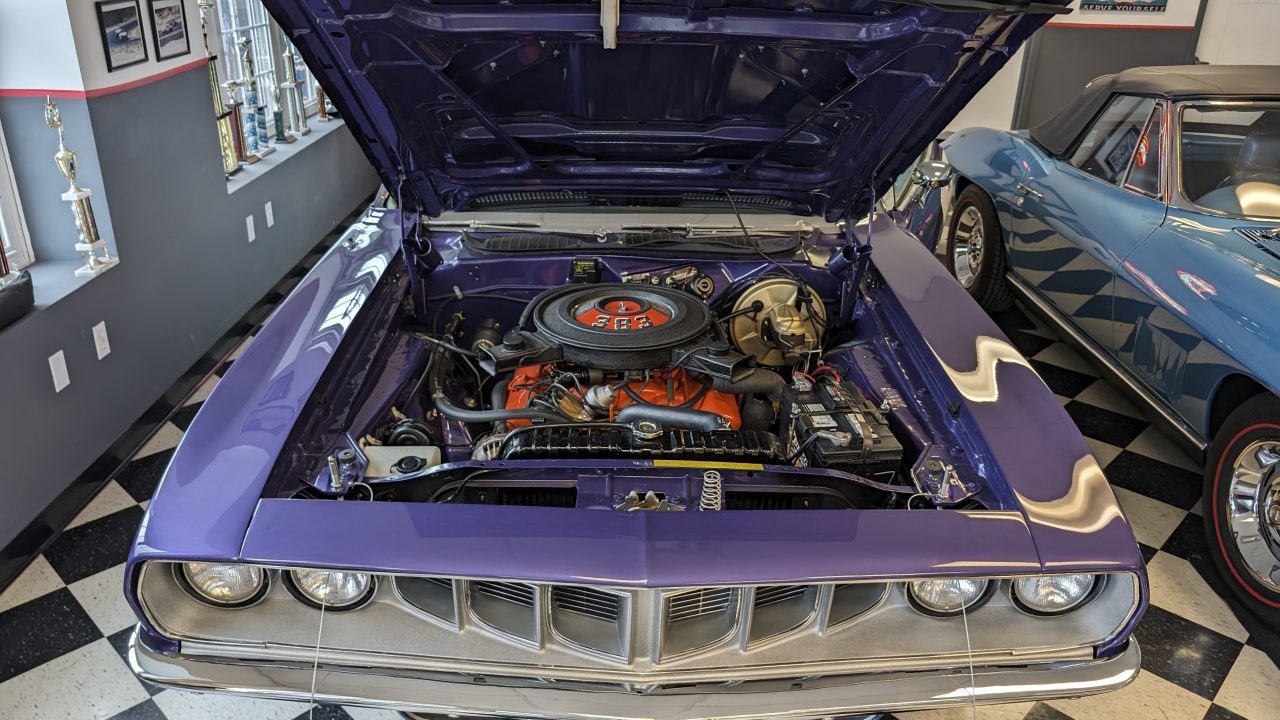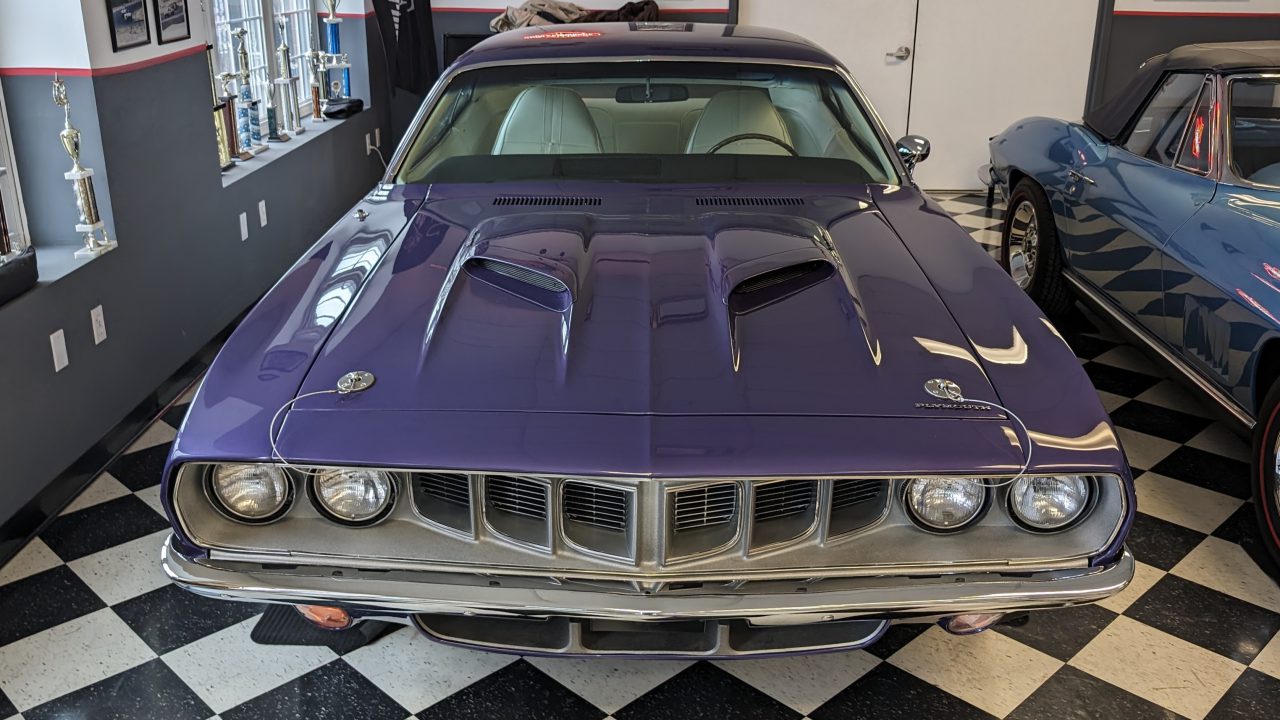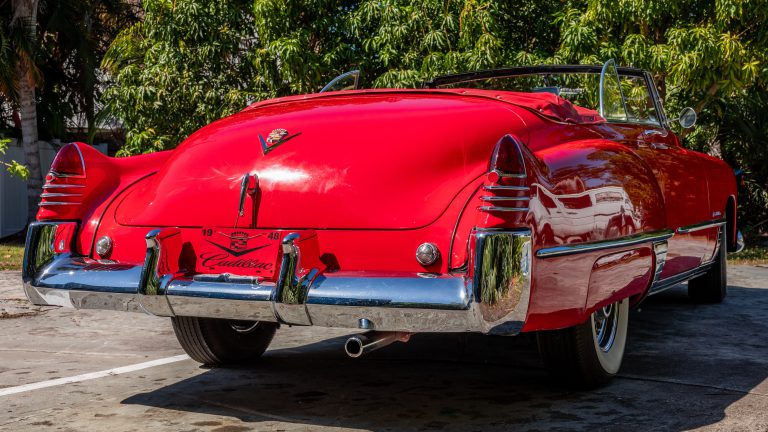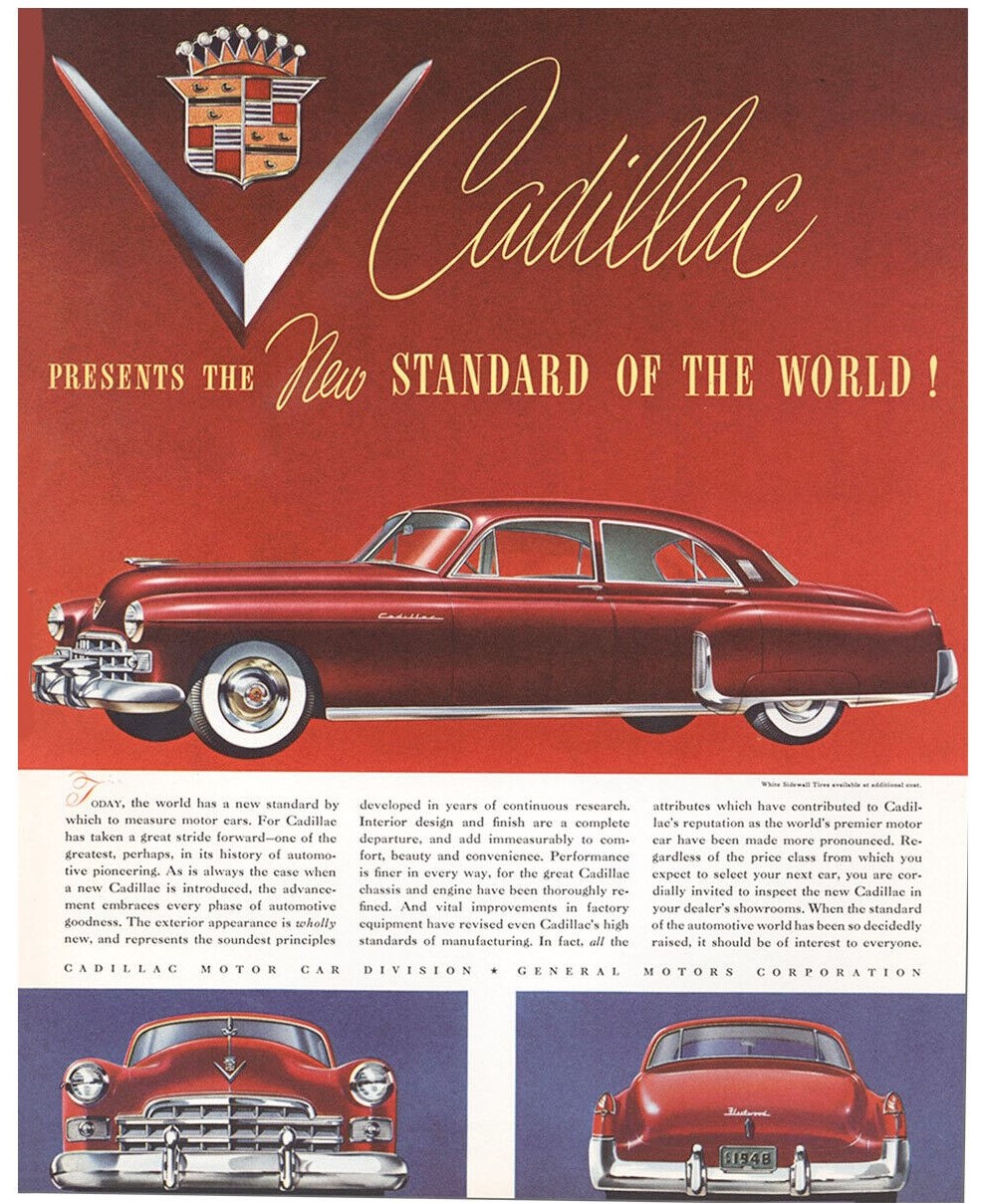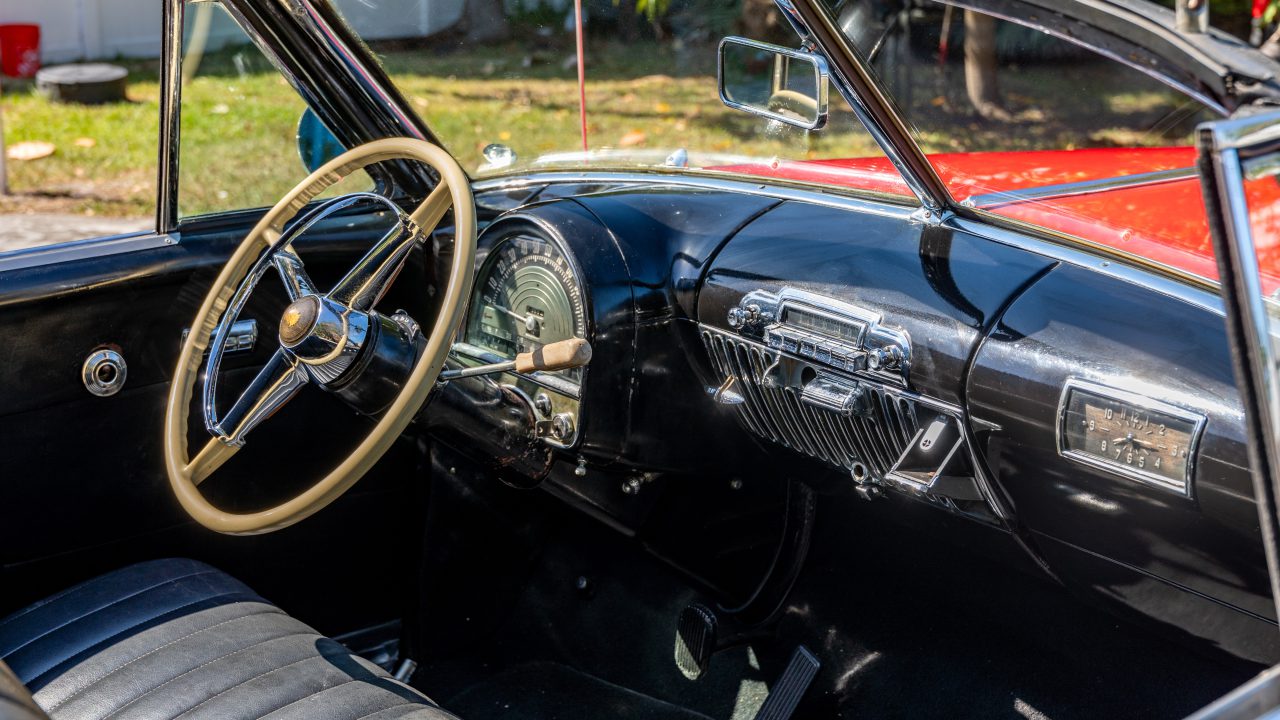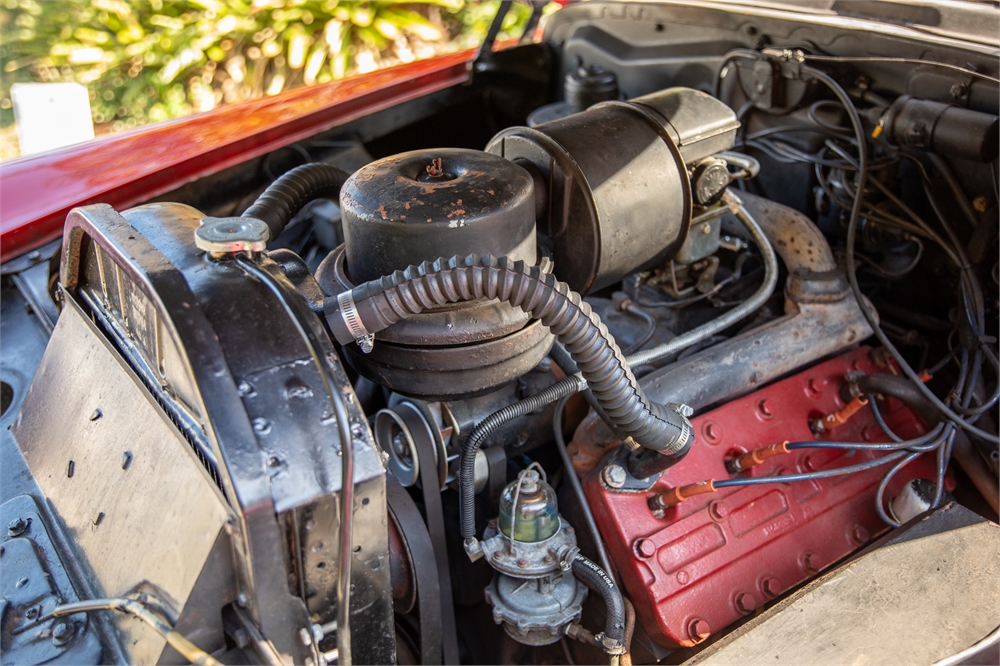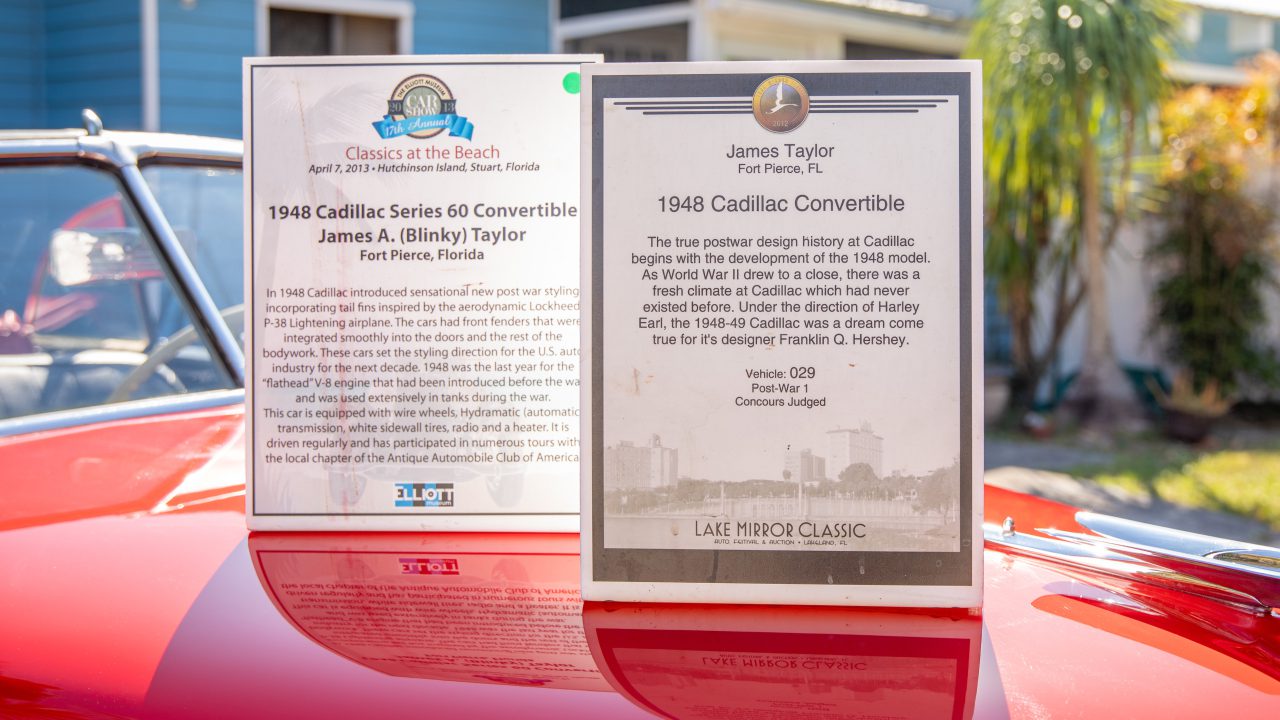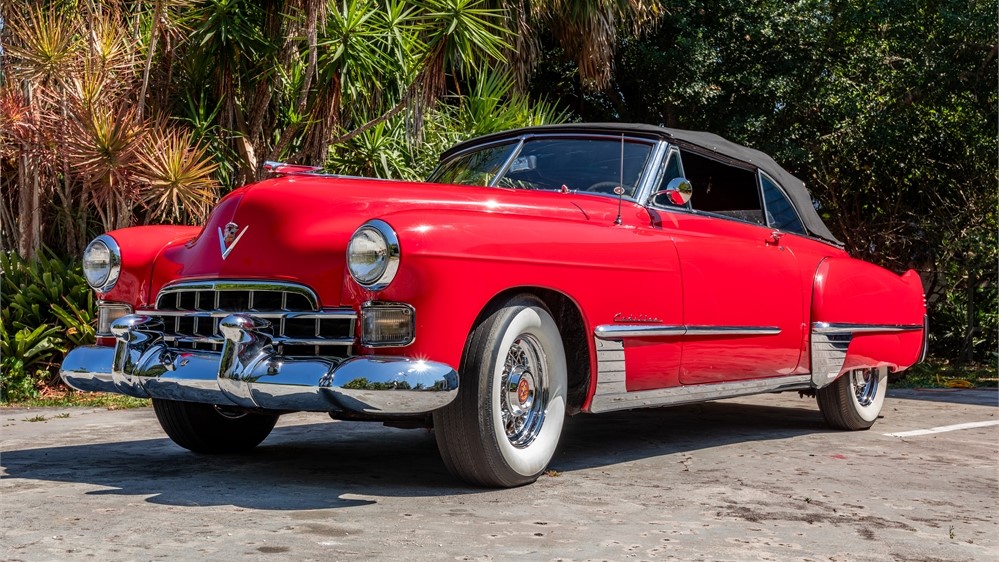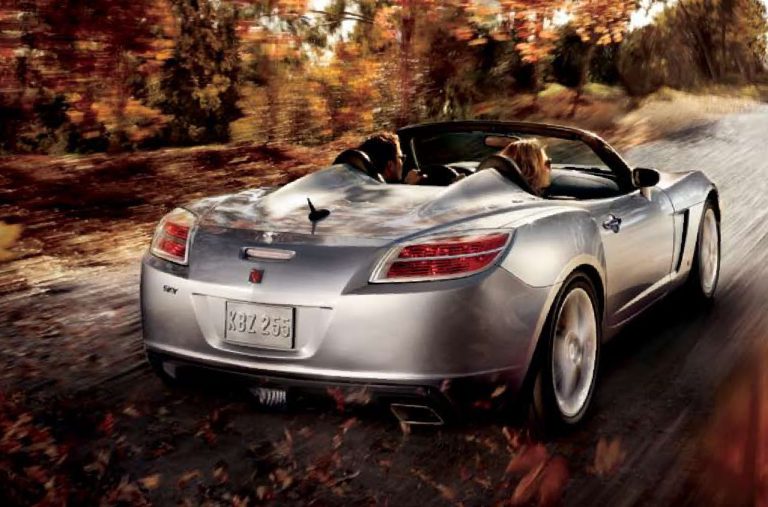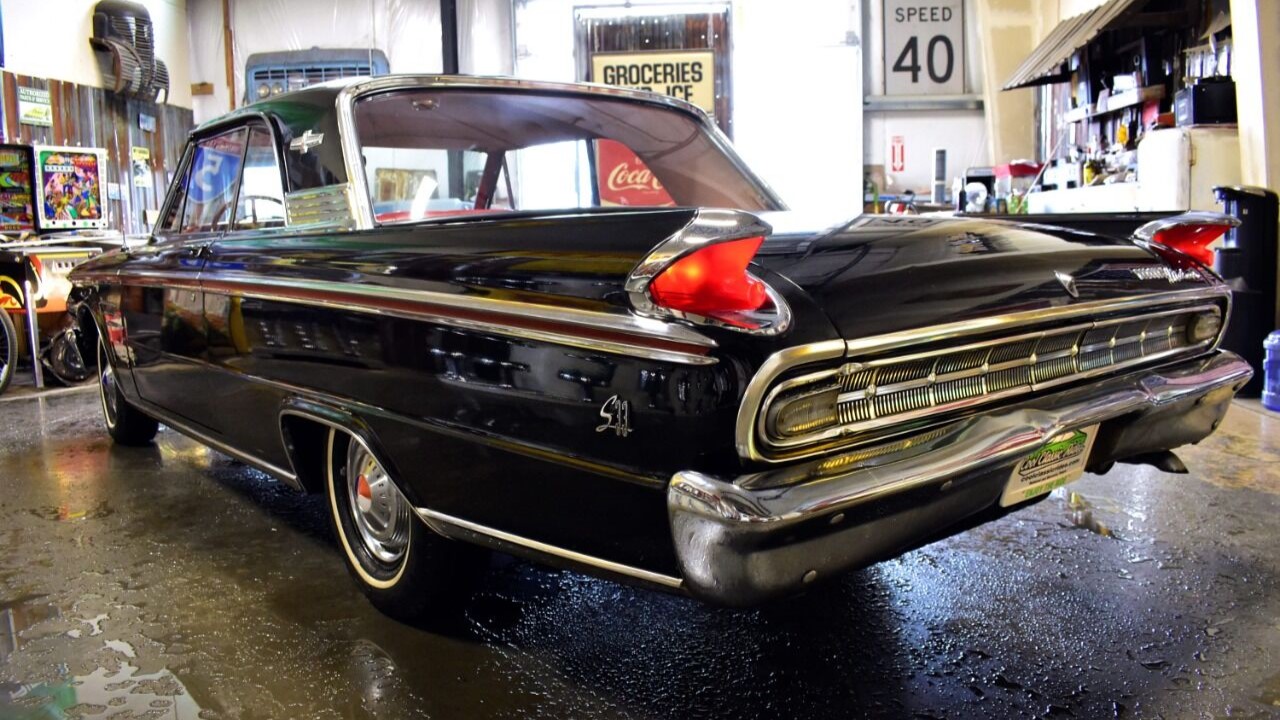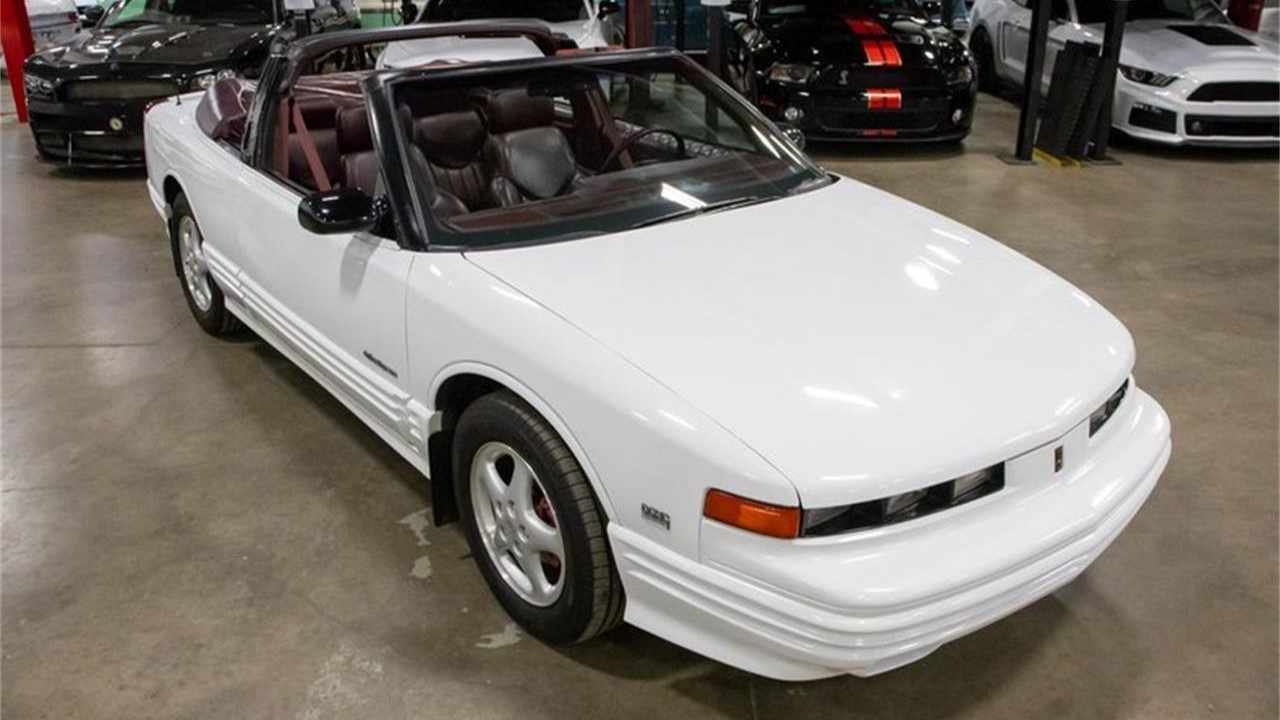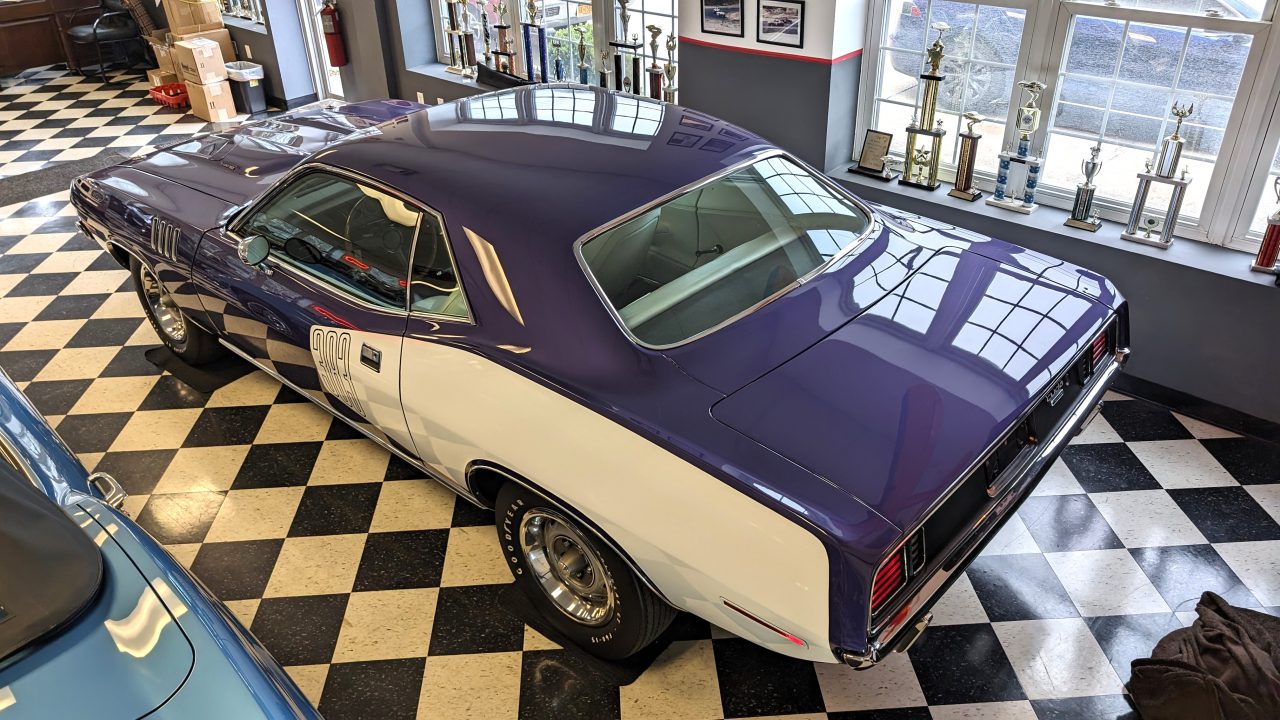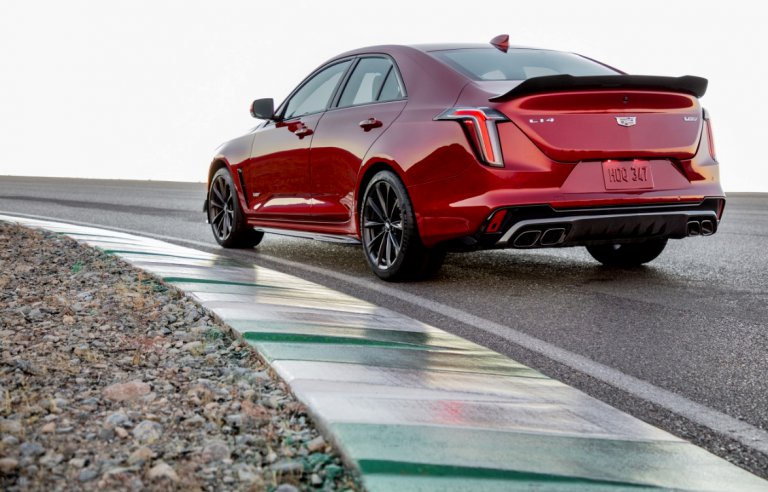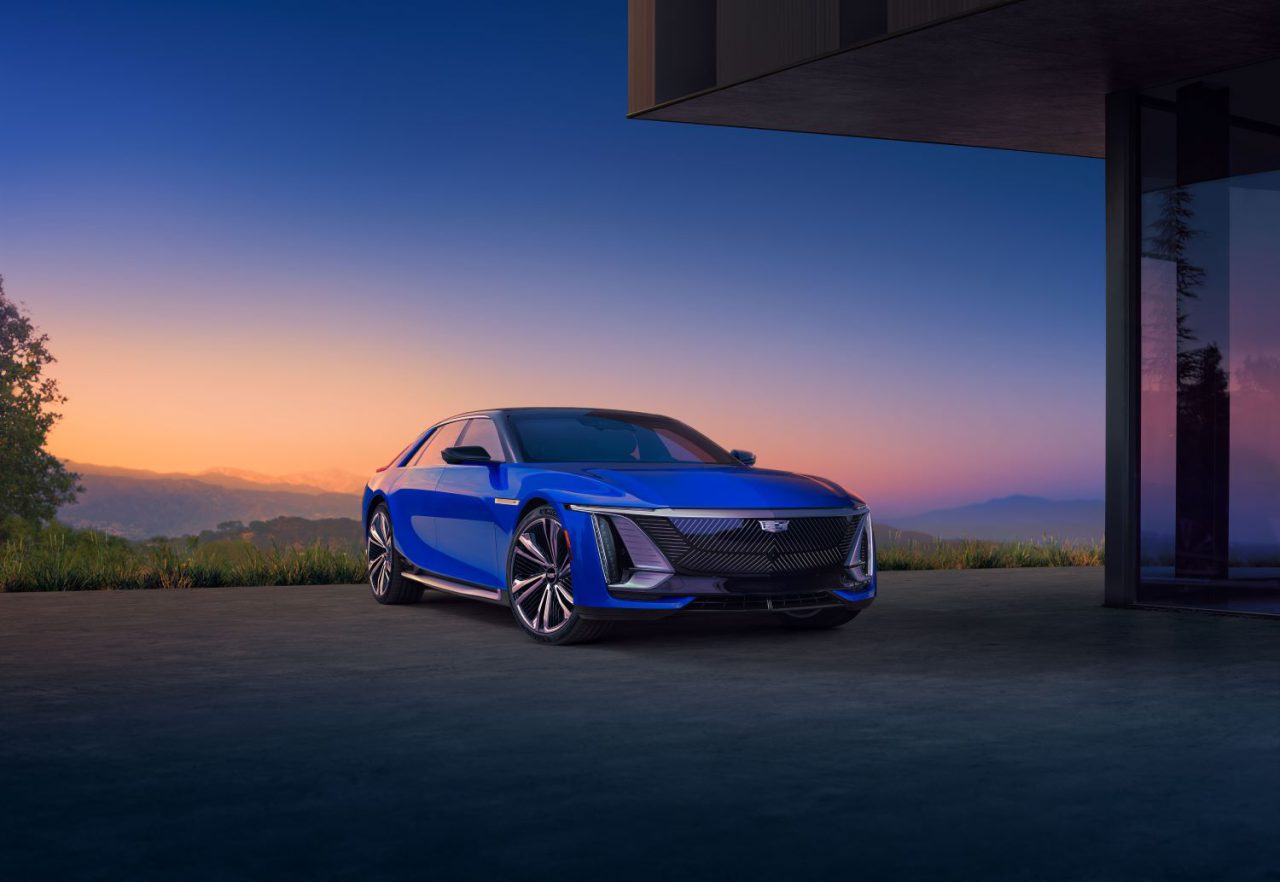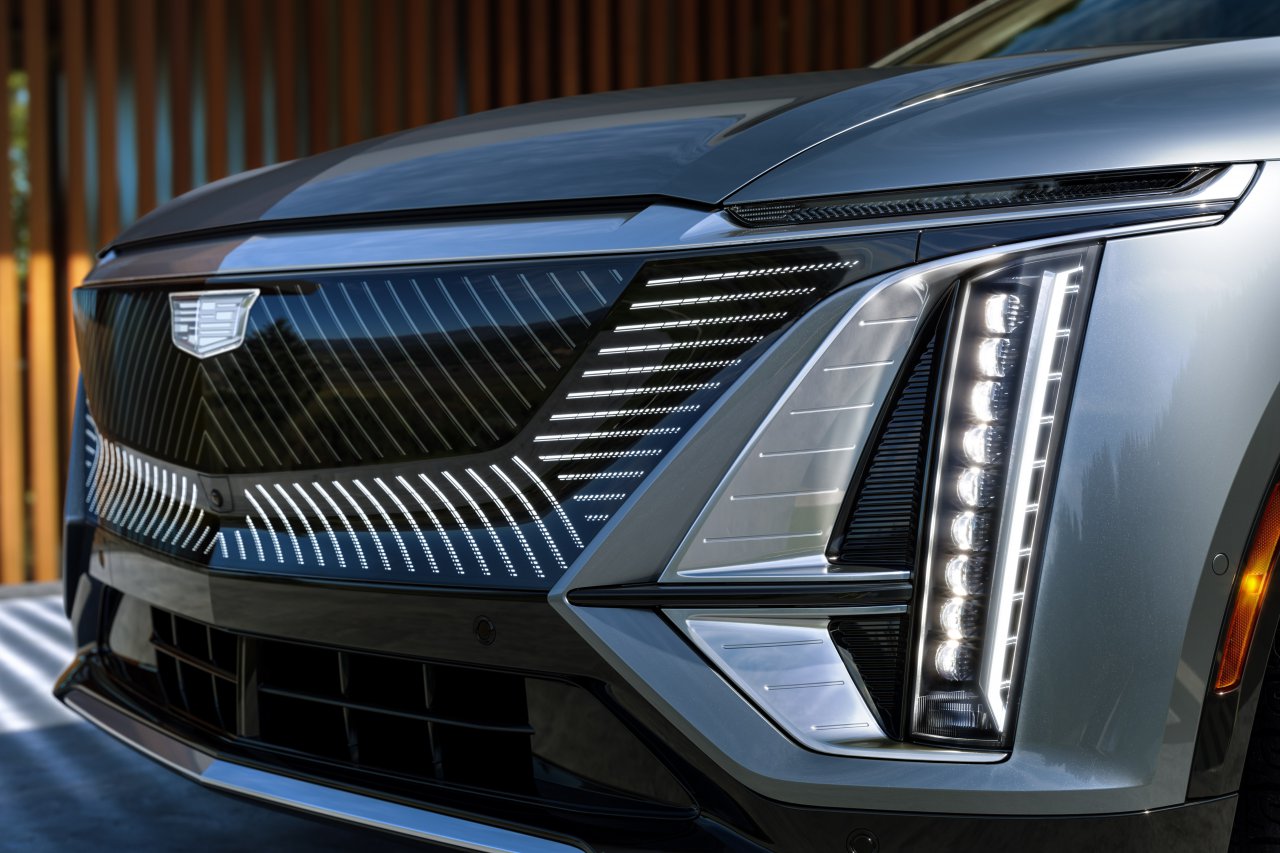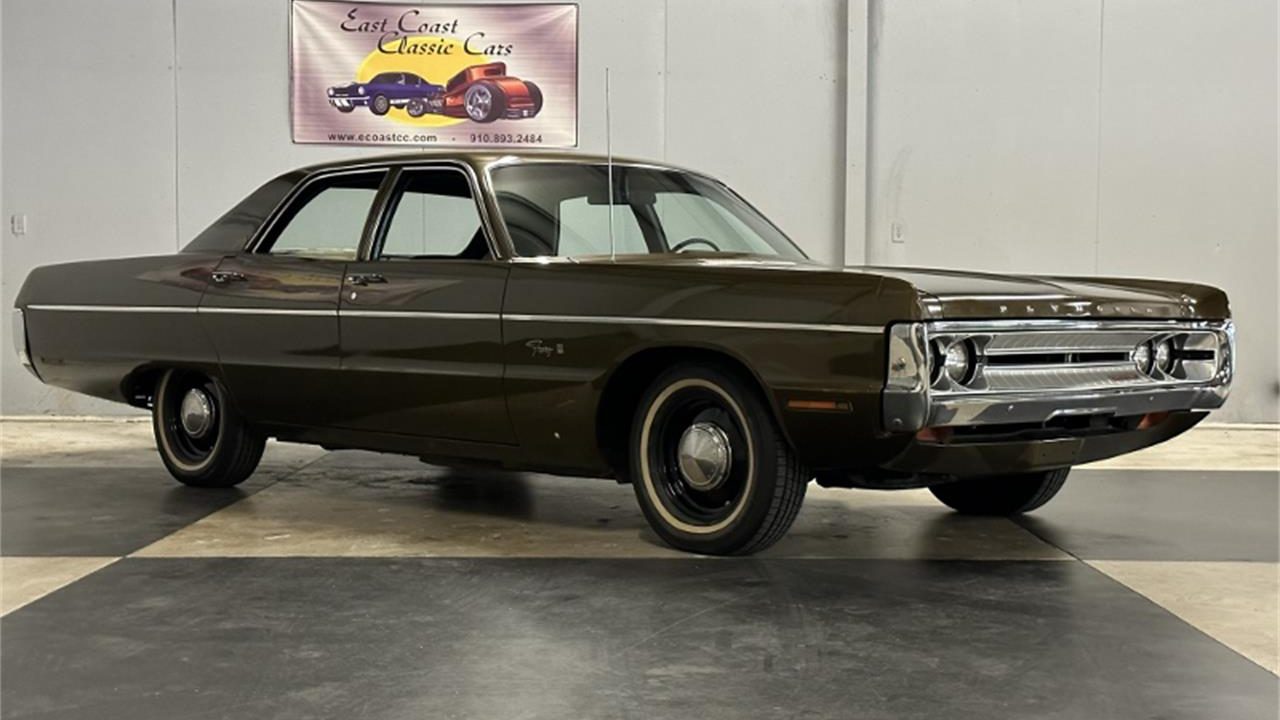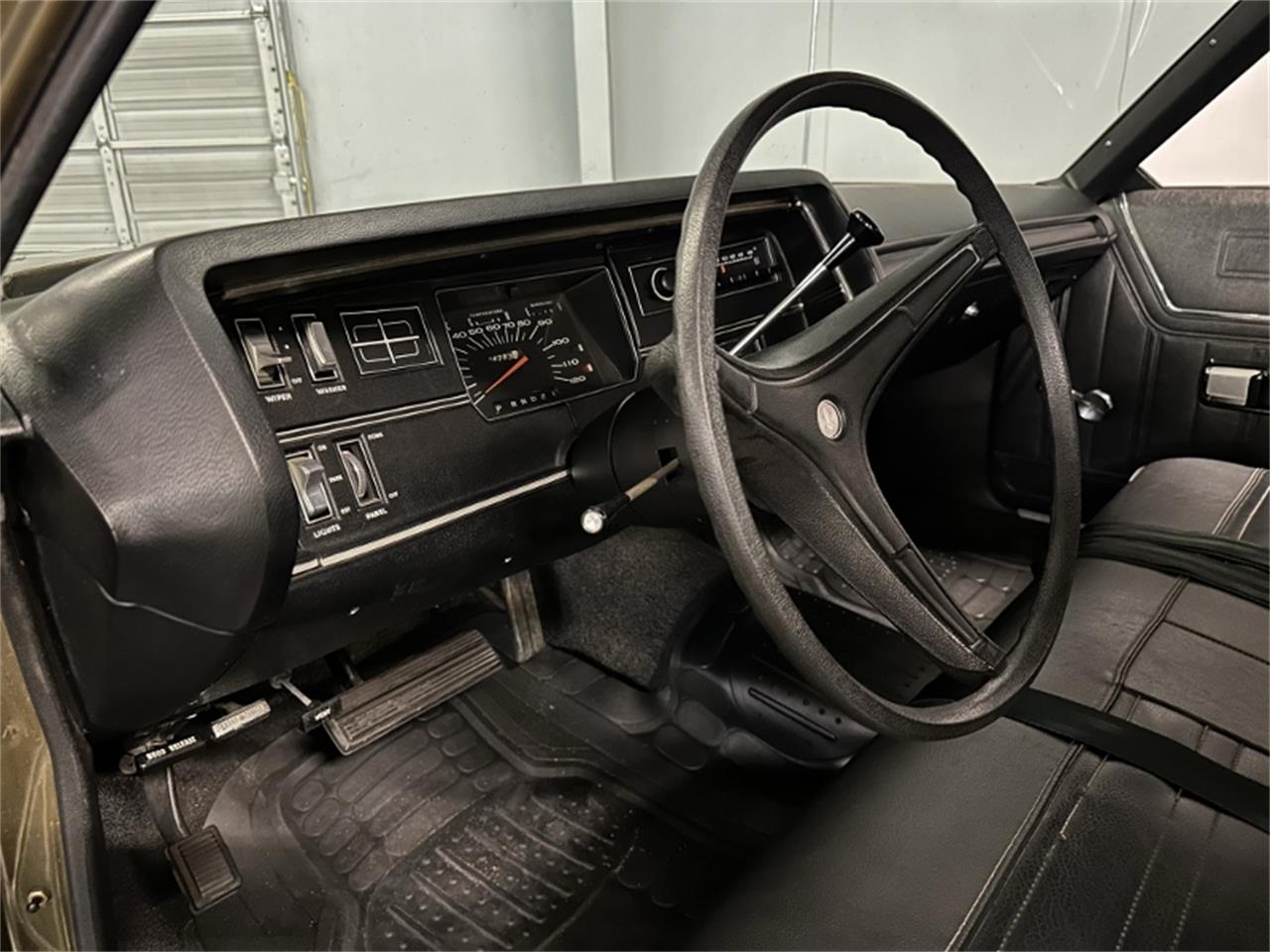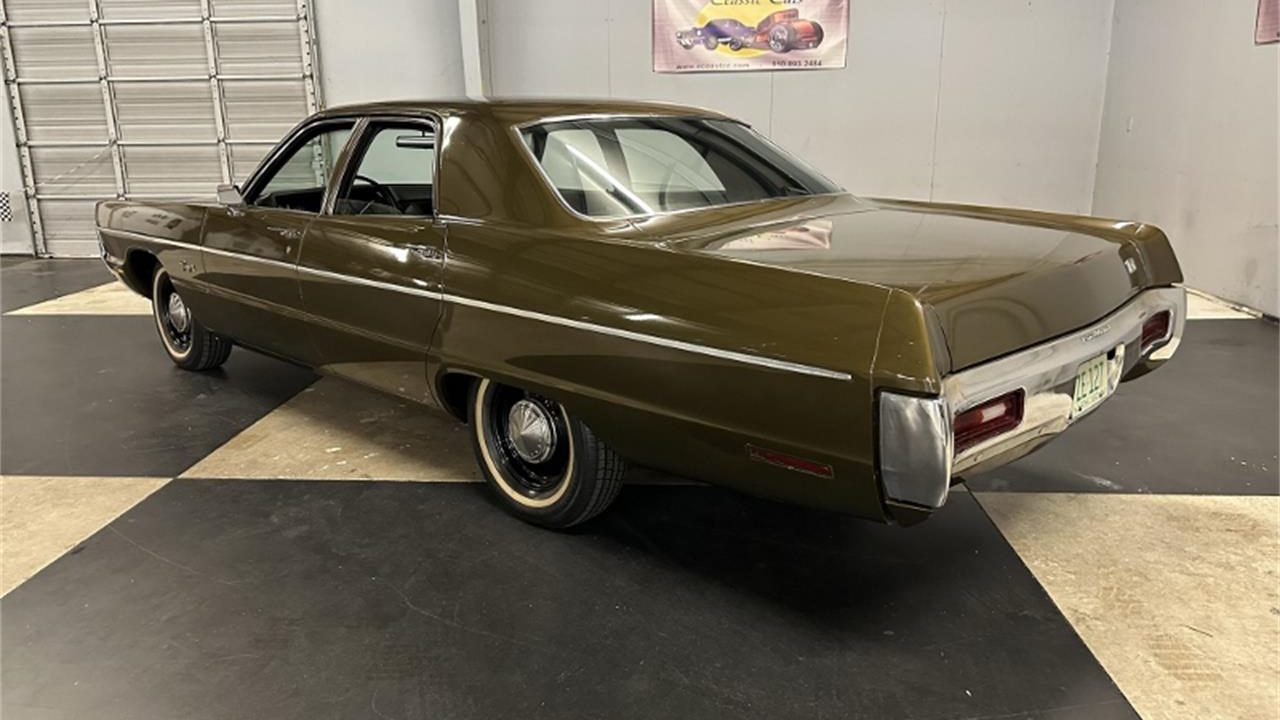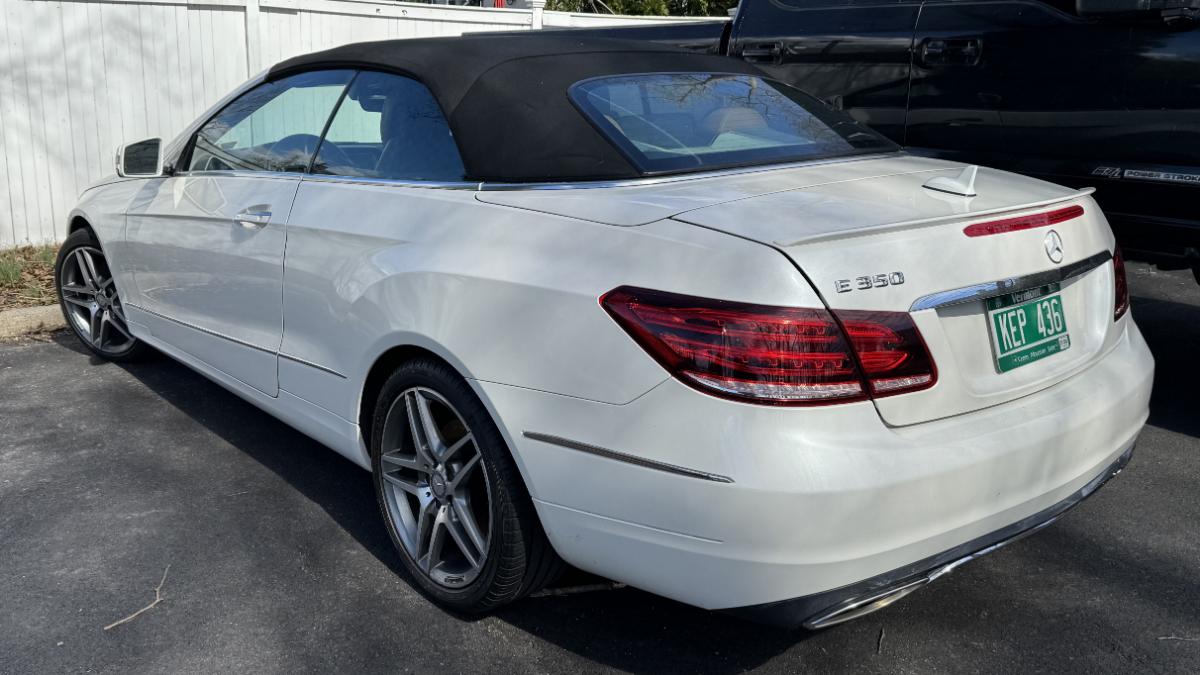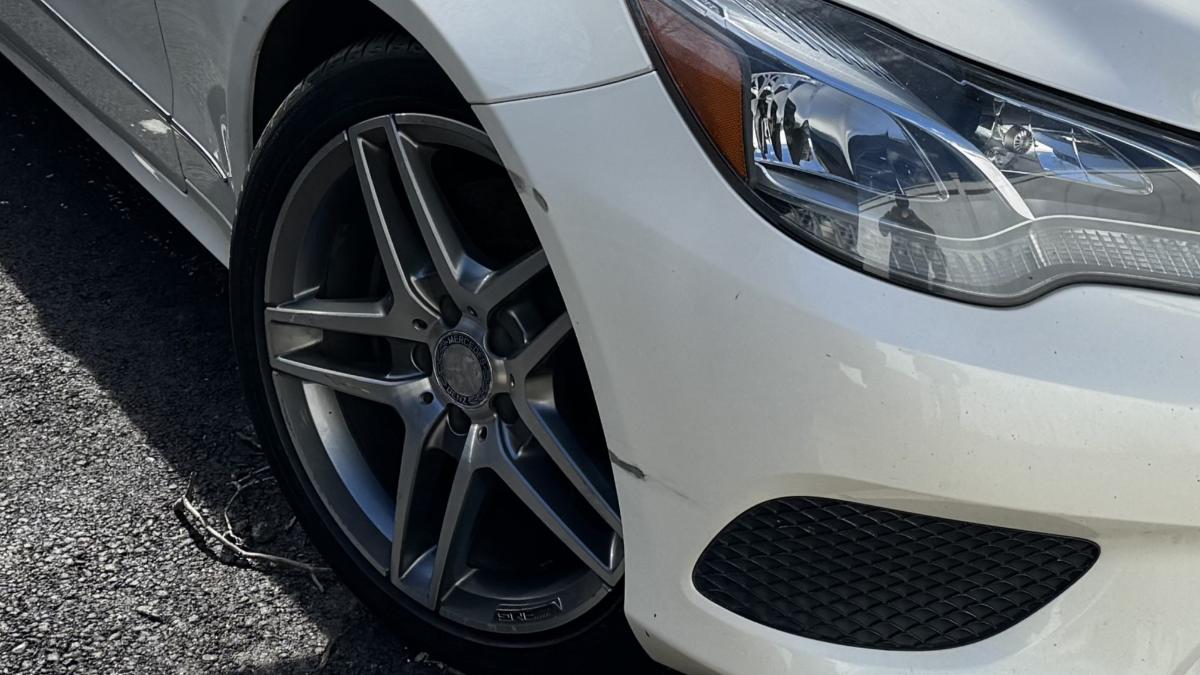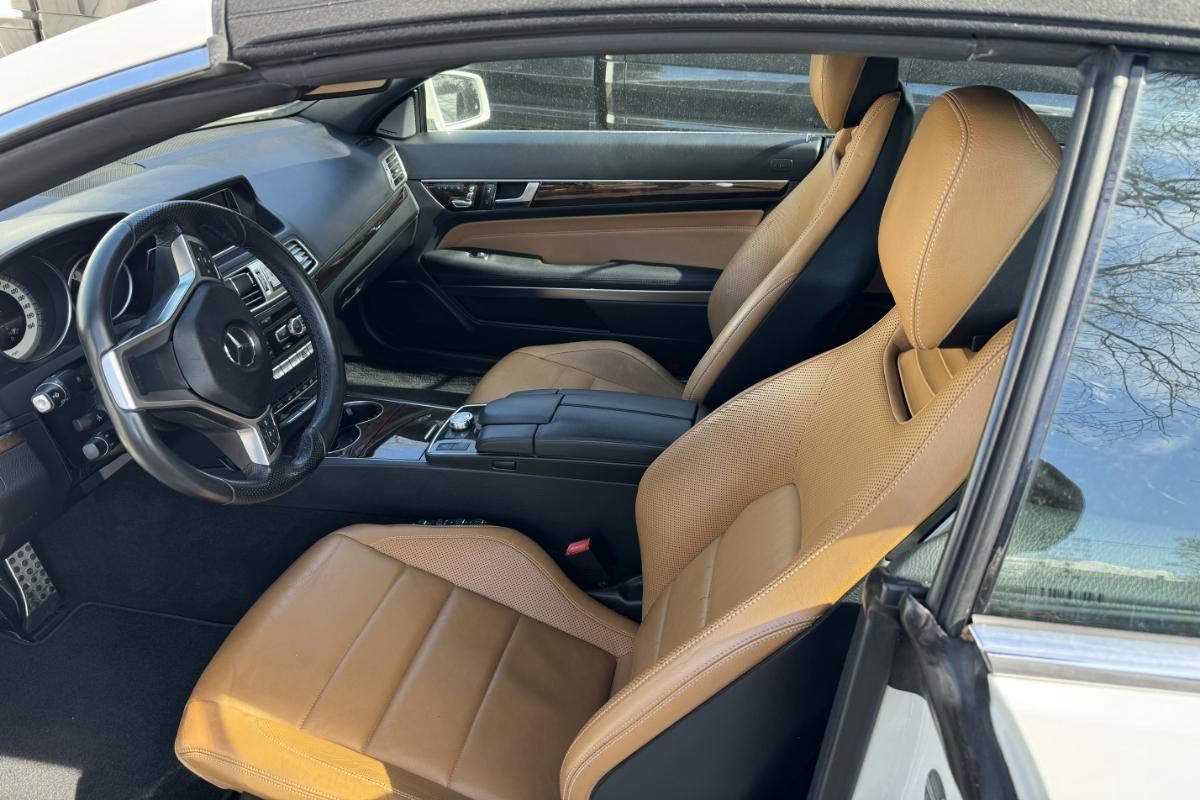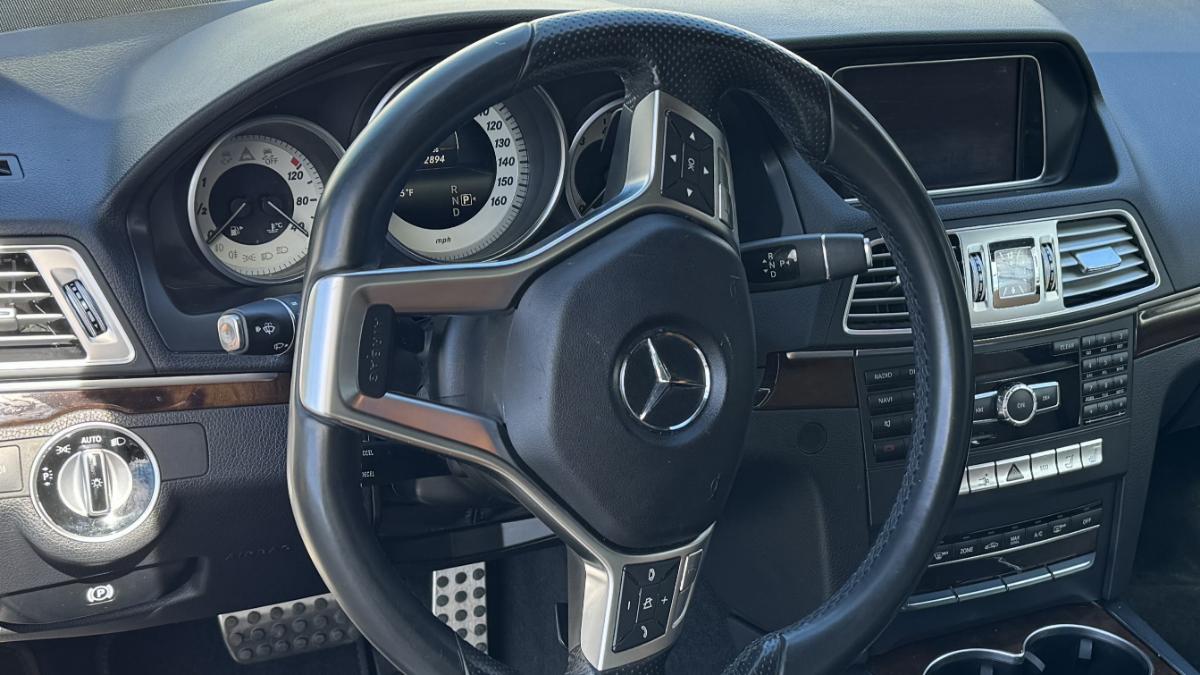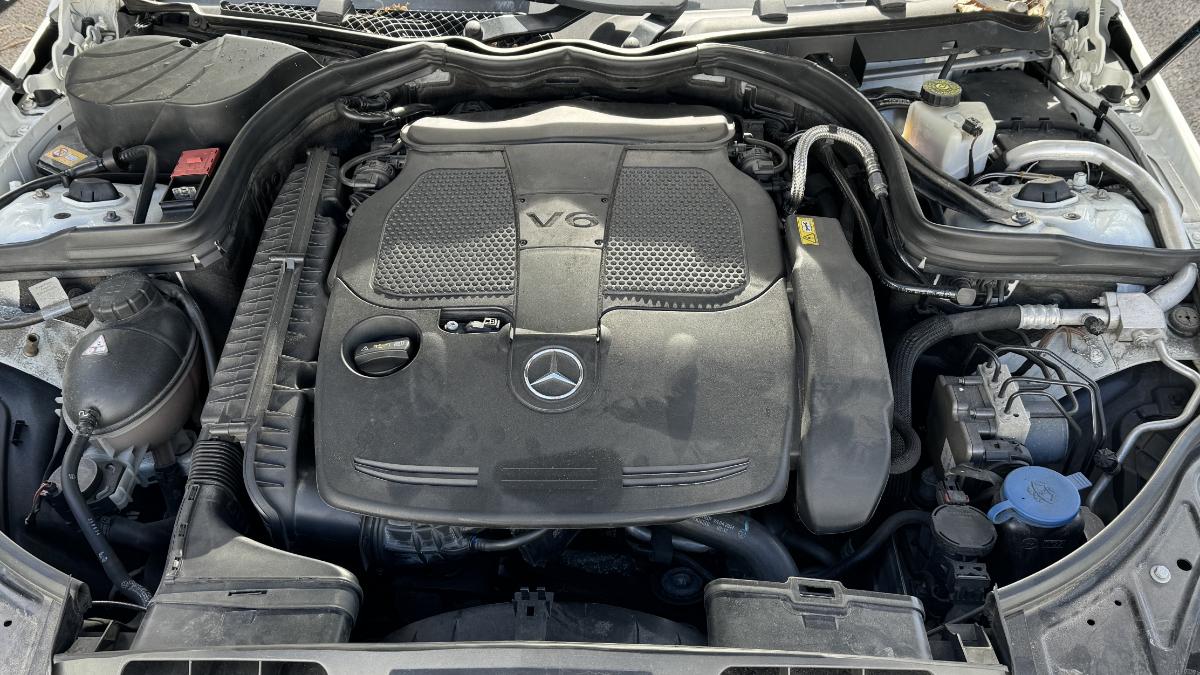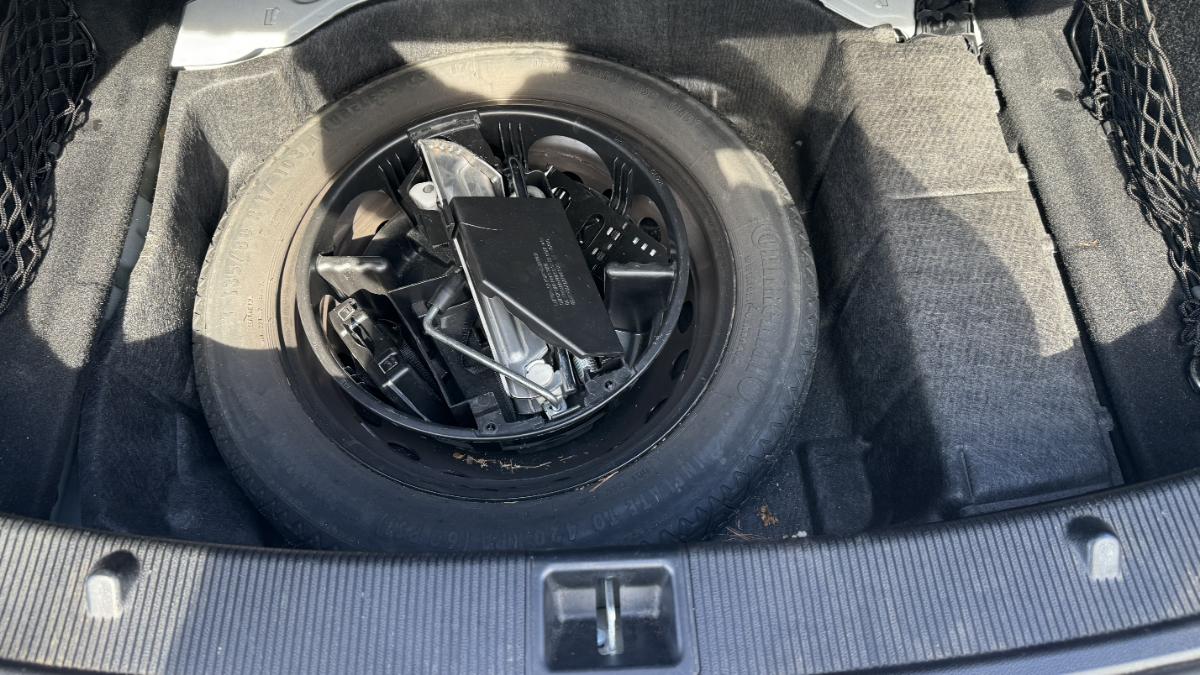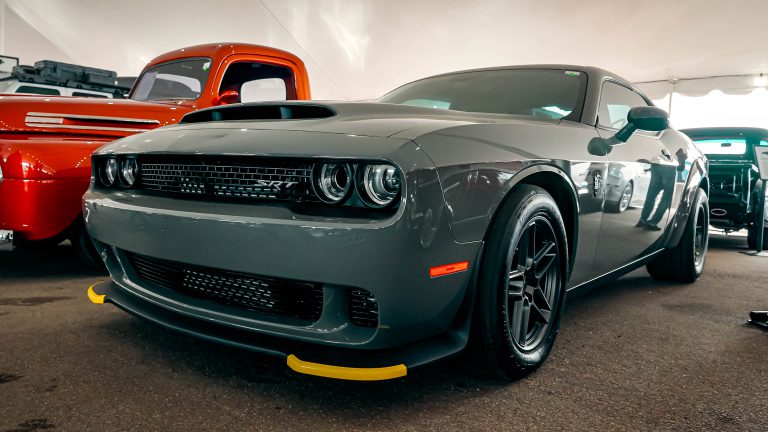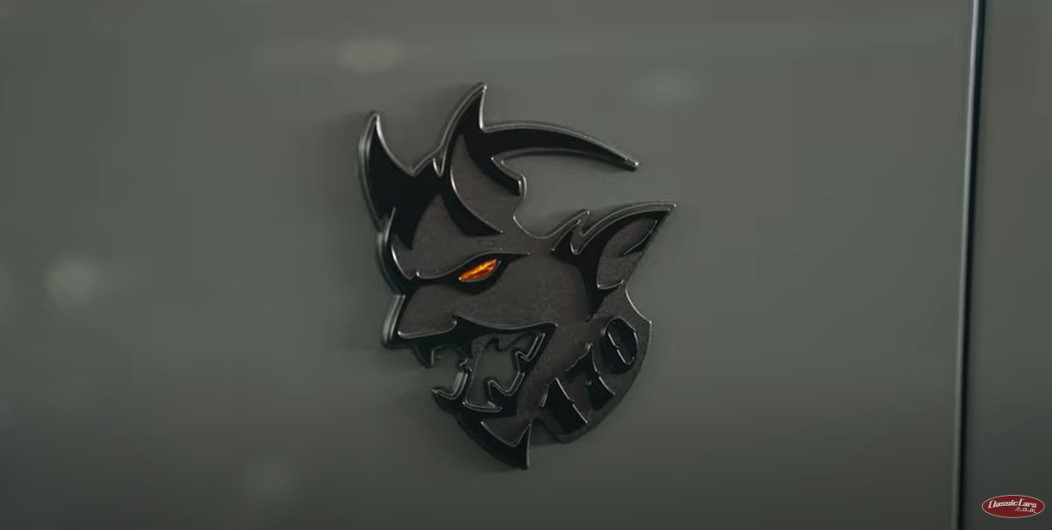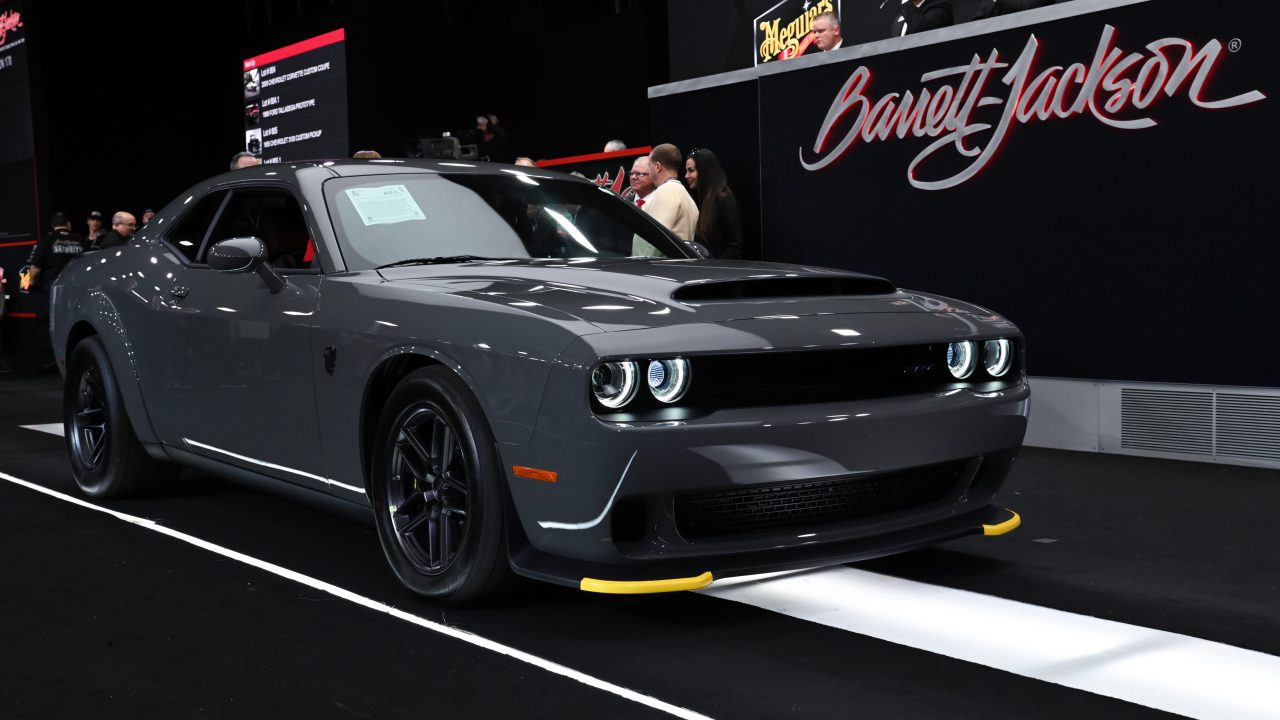The Toyota FJ40, dubbed the “40 Series,” initially launched in model year 1960. Worldwide, it lived on for a monumental 40 years until being discontinued after 2001. The old saying about, “If it ain’t broke, don’t fix it,” applied: the FJ was known for its robust powertrains and its all-terrain capabilities.
The Pick of the Day is a 1969 Toyota Land Cruiser FJ40 listed for sale on ClassicCars.com by a private seller in Miami, Florida. (Click the link to view the listing)
“A few know the feeling of owning a classic; it can become an obsession,” the listing begins. “I need space, so I am selling my 1969 Toyota Land Cruiser FJ40 convertible with a removable top.”
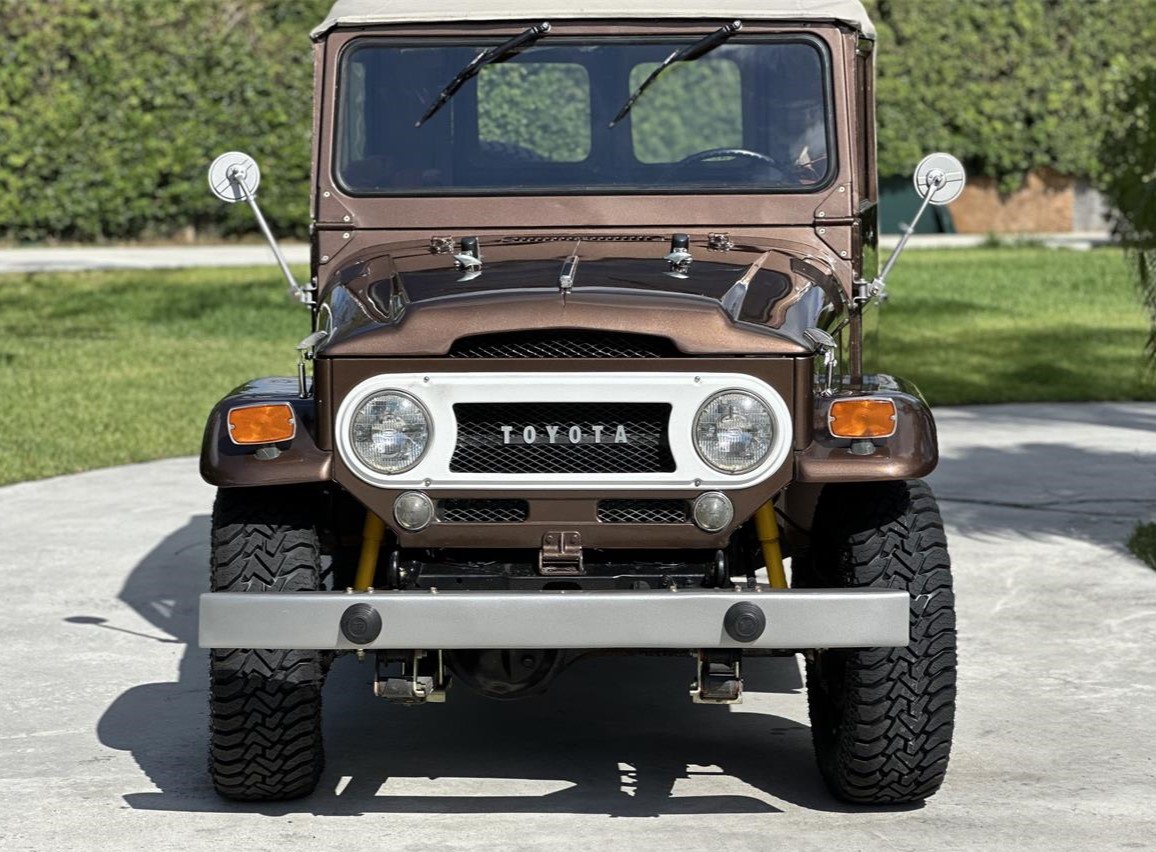
The seller goes on to say that the vehicle is “fully restored as it deserves.” The exterior was resprayed in brown metallic and is said to be of show-quality. The interior was also refurbished in saddle-colored vinyl upholstery. The rear passenger compartment has a unique layout with dual inward-facing benches. The seller says that the Goodyear Wrangler raised-white-letter tires have been replaced — including the full-sized spare which is located on a swing-away mount out back.
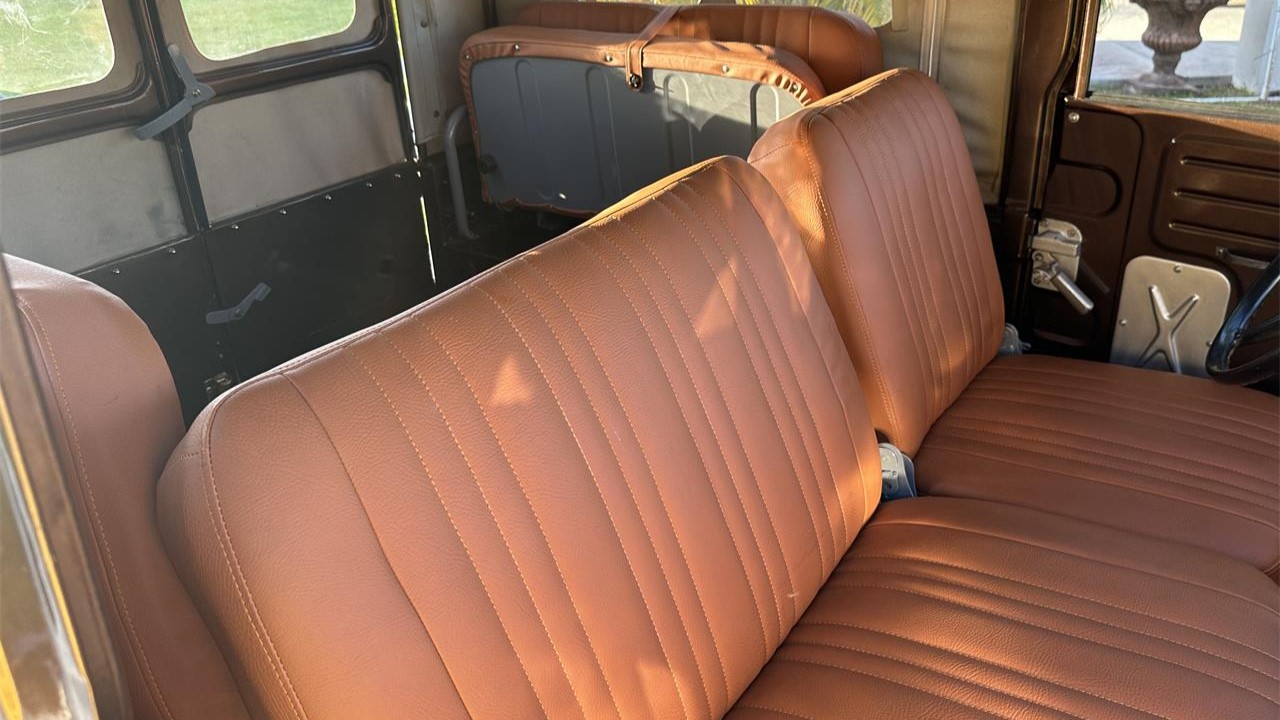
The 40 Series platform got its start as a short-wheelbase, two-door sport-utility vehicle, and in later years, it was available in both four-door and pickup configurations. Today’s featured vehicle boasts a tan soft top with vinyl windows with provisions for cargo-area access via the barn doors at the rear.
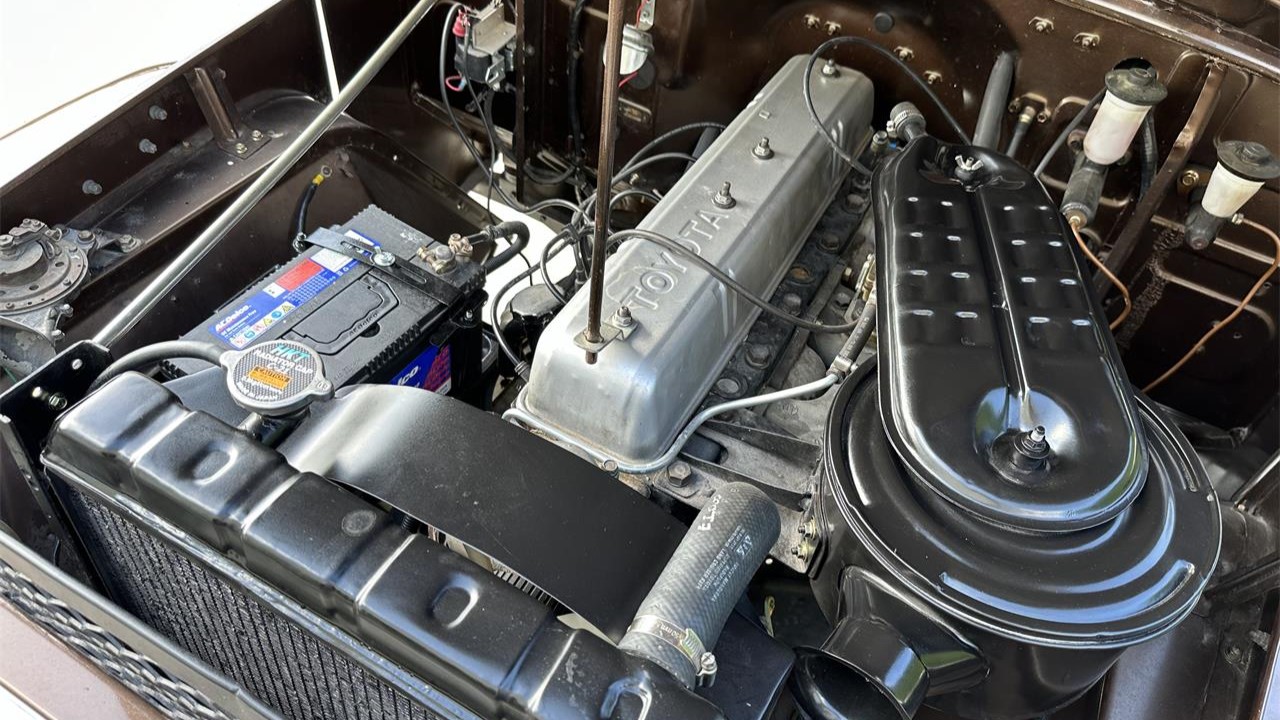
Under the hood, power comes from a 3.9-liter inline-six mated with a three-speed manual transmission and a two-speed transfer case. A number of other motors were available throughout the 40 Series’ lifetime, including many that were diesel-fueled. The odometer on today’s vehicle shows just 3 kilometers accrued, although true mileage on the chassis is not known.
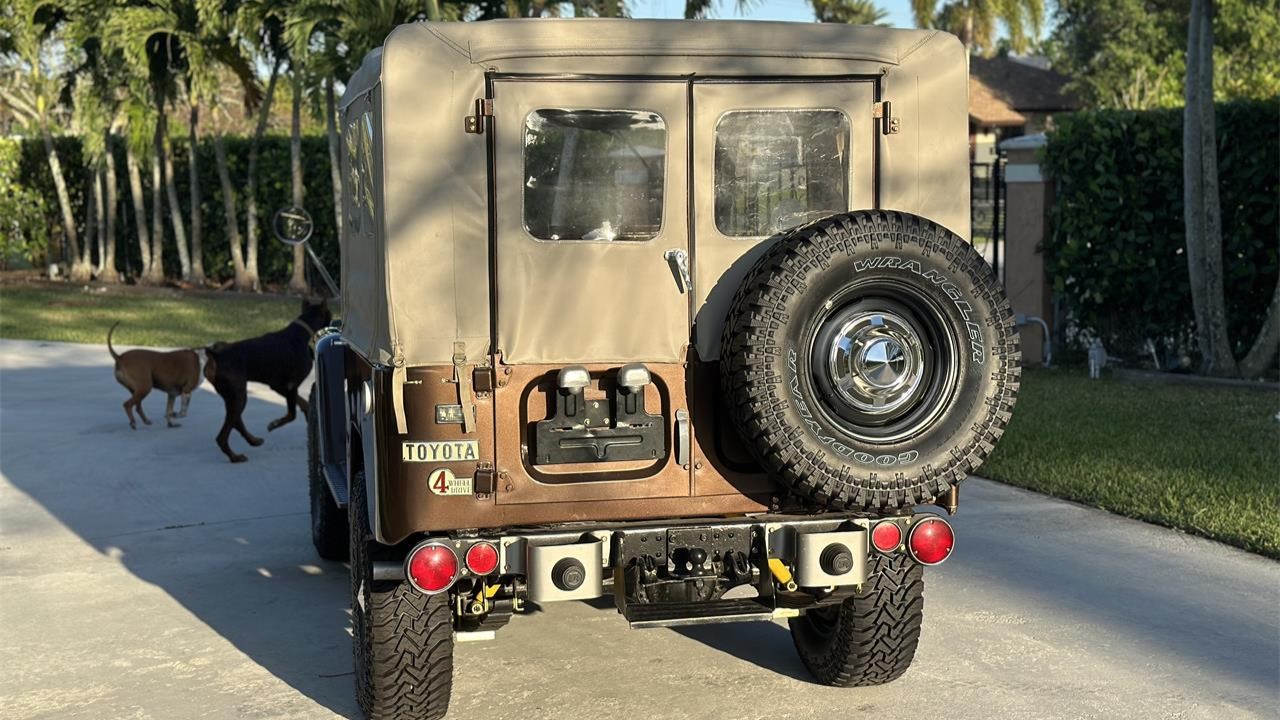
I enjoy that the seller apologized in the listing for his dogs getting in on the photography session. Image 19 shows the pups playfully scampering around in the background. This FJ40 would make the perfect adventure-seeking rig to take to the wilderness with the pups and a picnic. With summer just around the corner, it is the perfect time to pick up a classic SUV that is both collectible and versatile.
The asking price is $32,000, and the pups are not included!
To view this listing on ClassicCars.com, head on over to Pick of the Day.


